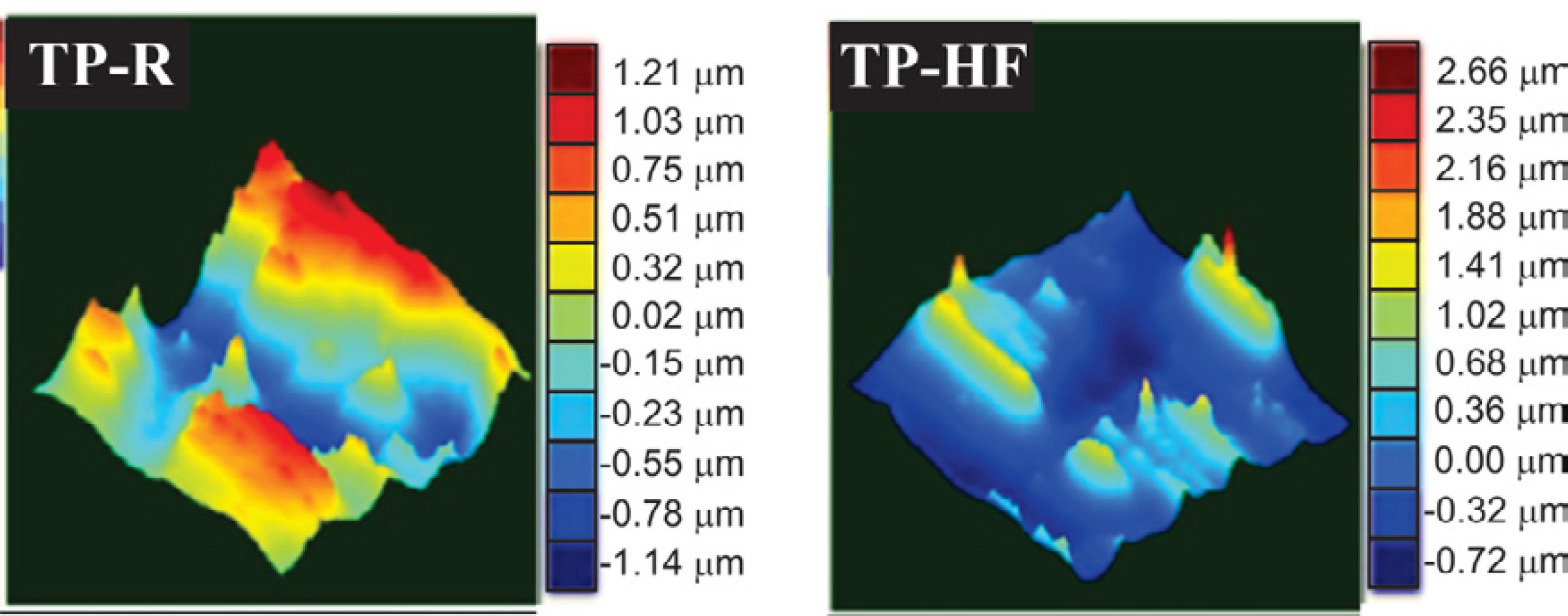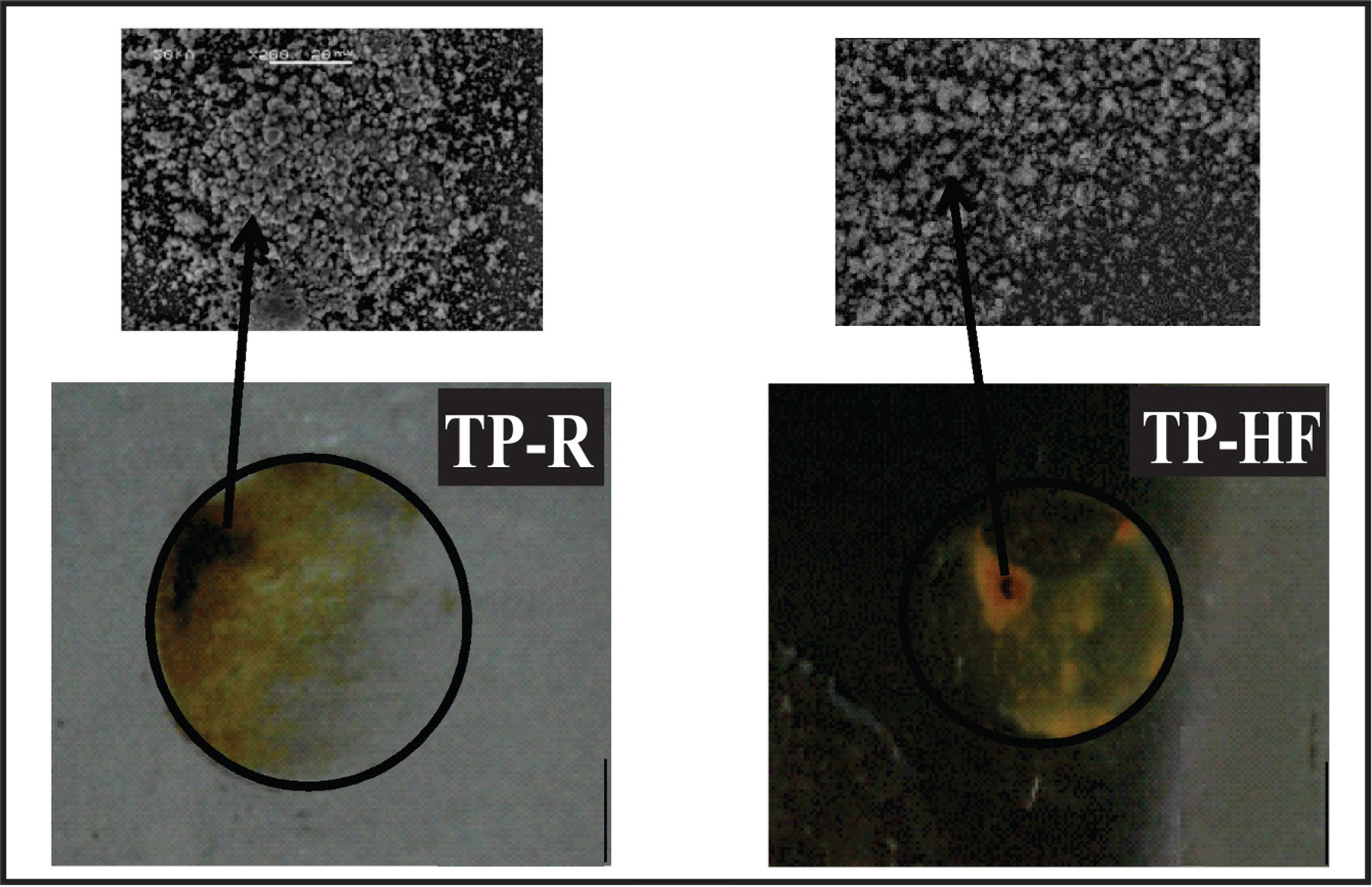The tinplate, used in the packaging sector and formed from a metal substrate, comprises a steel base which has undergone a surface treatment to produce a thin layer of FeSn2, a tin layer and an oxide tin layer. Currently, packaging using surface treatment is based on the use of chromates because these metals provide an excellent corrosion resistance. Nontoxic alternatives to pre-treatments have been developed in recent years to replace the chromate process. The aim of this work is to analyze the performance of a new hybrid organic-inorganic film obtained from sol-gel consisting of the alkoxide precursors 3-(Trimethoxysilylpropyl)methacrylate (TMSM) and tetraethoxysilane (TEOS) with the addition of cerium nitrate with the scanning vibrating electrode technique (SVET), and electrochemical and morphological characterizations. Moreover, the evolution of the corrosion of the substrate was evaluated to propose a mechanism of corrosion. The results showed a galvanic coupling between the Sn/SnO2 coat (cathode) and the defects exposed at the ferrous base (anode). The organic-inorganic hybrid film containing a cathodic corrosion inhibitor was able to retard the corrosion of the tinplate.
Keywords:
tinplate; corrosion; SVET; hybrid films
























